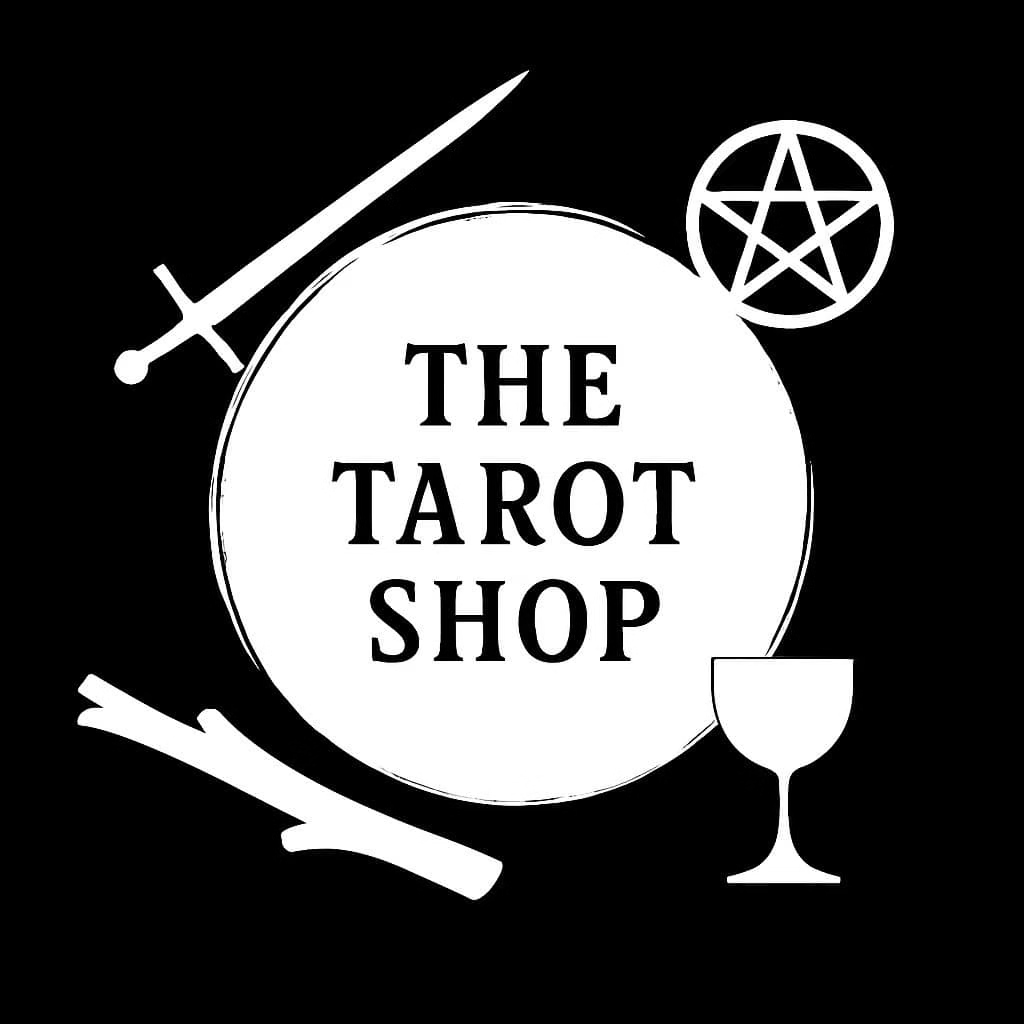Introduction to Tarot Reversals
Do You Need to Use Reversed Tarot Cards? Here’s My Honest Answer
If you’re new to tarot and a card turns up upside down, you might wonder:
“Is that bad? Am I supposed to read it differently?”
This is what’s known as a reversed tarot card — and whether or not to use them is one of the biggest ongoing debates in the tarot world.
Ask five experienced readers and you’ll likely get five different answers.
What Are Reversed Tarot Cards?
A reversed card is simply one that appears upside down when drawn.
Some readers interpret this as a shift in meaning — maybe a block, a delay, a more internal energy, or even the opposite of the upright card.
Example:
The Empress upright: creativity, nurturing, abundance
The Empress reversed: burnout, blocked growth, overgiving
This added nuance can be helpful for some — but it’s not a rule.
Why Some Tarot Readers Use Reversals
Reversals go back a long way. A.E. Waite included reversed meanings in the original Rider-Waite-Smith companion text.
Some readers say reversals help reveal:
Hidden or subconscious influences
Delays or resistance
Layers beneath the surface of a situation
And that’s a valid perspective.
But let’s be clear:
Reversals are completely optional.
Why I Don’t Use Reversals (And Why That’s Okay)
I’ve been reading tarot professionally for over 30 years — and I’ve never read with reversals. Not once have I felt like something was missing.
The cards already speak clearly.
Tarot doesn’t pull its punches. If someone feels stuck, overwhelmed, or off-track, the message shows up — upright.
The Swords suit alone explores mental tension and inner conflict. Add cards like The Tower, The Devil, or the Five of Pentacles, and you’ve got more than enough insight.
I also prefer a tidy deck and a smooth rhythm.
I shuffle to keep my deck upright — partly out of habit, partly out of preference. If half the deck flipped mid-reading, I’d spend more time sorting than listening.
More importantly, I find reversals interrupt the flow. They pull me out of the intuitive rhythm of a reading. I’d rather stay connected and present.
That doesn’t make me a lesser reader — and someone who uses reversals isn’t “better.”
It’s just a different style. One that works for me.
Should You Use Reversed Tarot Cards?
Here’s my honest advice:
If you’re just starting out, skip reversals for now.
You already have 78 cards to learn — a full symbolic language. Doubling that by adding reversed meanings can easily lead to confusion and burnout.
Instead, focus on the foundations:
Learn upright meanings
Practise simple spreads
Get familiar with how the cards speak to each other
Once you’ve built confidence, you can explore reversals if they call to you. There’s no pressure, no rulebook, and no rush.
What Do Reversals Mean?
Reversed cards don’t always mean the “opposite” of their upright version. More often, they reflect:
Internal or subconscious energy
Blocked or delayed movement
A distorted or weaker version of the upright meaning
Something needing closer attention
Examples:
The Sun reversed: Joy is present, but harder to access
The Fool reversed: A need for caution or better timing
These are interpretations — not absolutes.
You get to decide what makes sense in your reading.
The Bottom Line
Tarot is a personal practice. Your deck should work with you, not against you.
- Reversals are a tool — not a requirement.
- If they deepen your understanding, use them. If they cause more stress than insight, you’re not missing anything by reading upright only.
- There are more than enough layers to explore without turning anything upside down.
Start simple. Be curious. Trust your instincts.
The real wisdom of tarot comes through your connection with the cards — not whether they’re upright or reversed.
